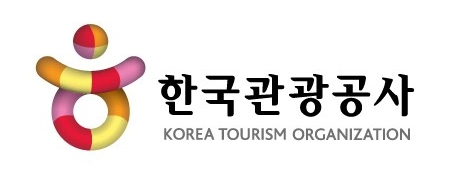
APRIL 18-21, 2017
|
News
Sponsors
Previous Events
Channels
Logo
You can download the logo here.
|
Node-link Graphs of Human Brain Network based on Dynamical Causal Modeling for MagnetoencephalographyAbstractMagnetoencephalography (MEG) is a non-invasive neuroimaging technique that offers high temporal resolution, which enables the analysis of the connectivity between brain regions. Dynamical causal modeling (DCM) for MEG is one of the methods for describing directed connectivity based on the neural mass model. Although DCM analyzes the human cortical directed connectivity, this interface provides only an adjacency matrix as a visual representation. Therefore, it is difficult to intuitively grasp the connectivity parameters and compare them. In this study, we proposed the visual representations (weighted node-link graph layouts: anatomical and forced-directed) of the directed connectivity of human cortical areas to visualize the results of connectivity analysis performed with DCM. Based on these visual representations, we developed a visual analytic method that enables us to compare the juxtaposed results of connectivity analyses. A user review was conducted to evaluate our proposed solution. Our proposed graph representations of DCM network were received well by two domain experts. We plan to conduct the controlled experiment to evaluate our proposed visual representation and analytics method in the near future. |














